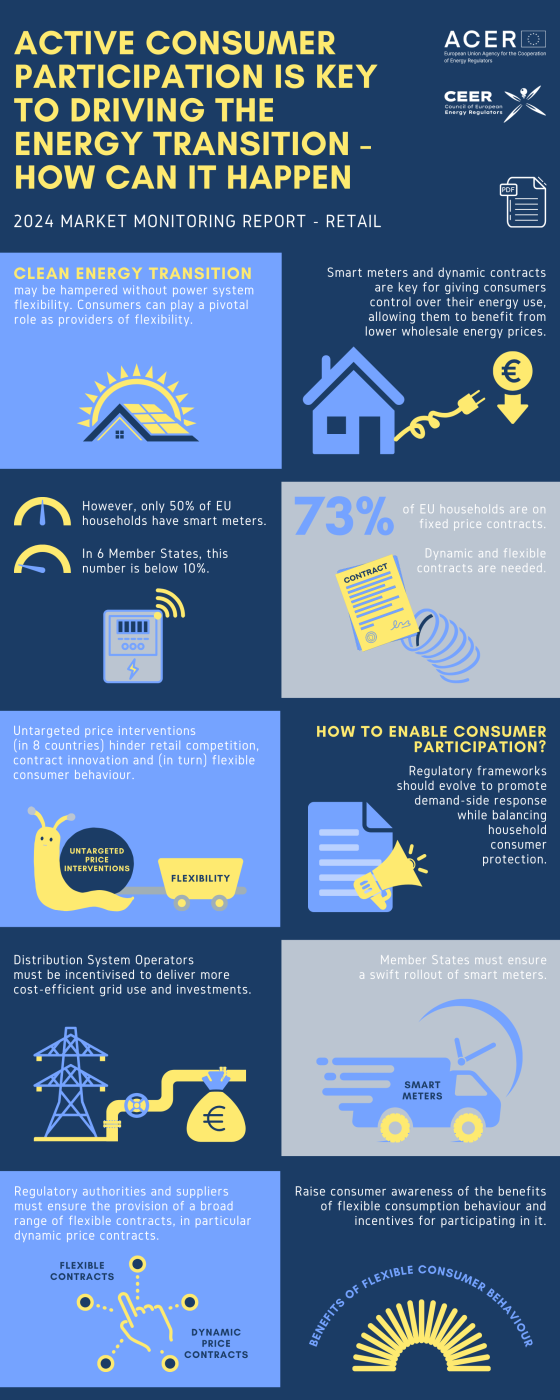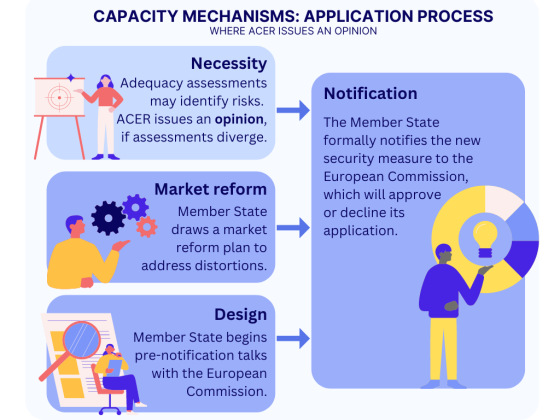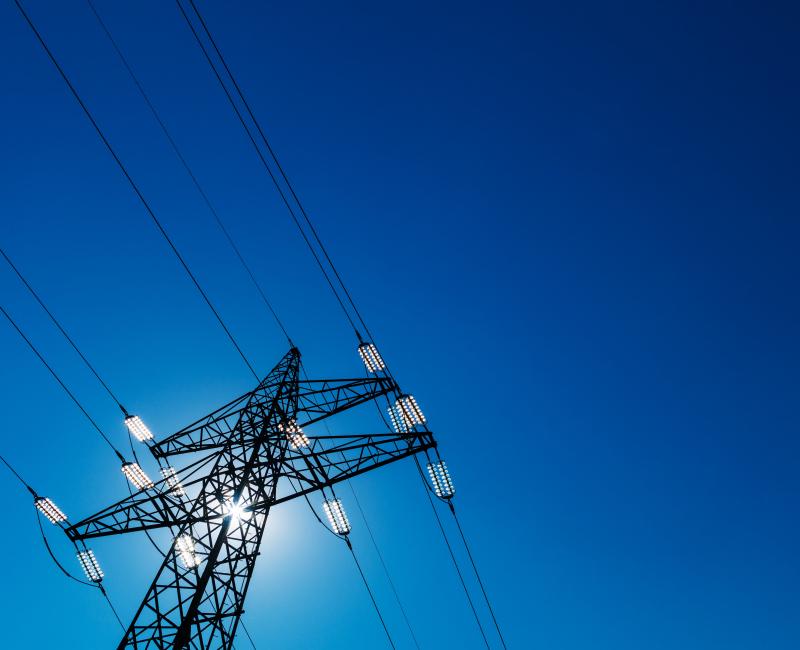of household electricity consumers
are on fixed and inflexible contracts
ACER updates its REMIT guidance to improve transaction reporting for intraday auctions

ACER updates its REMIT guidance to improve transaction reporting for intraday auctions
What is it about?
Following the introduction of Intraday Auctions (IDAs) within the Single Intraday Coupling (SIDC) earlier this year, together with the latest update of the electronic formats for data reporting, ACER publishes today the updated:
What are Intraday Auctions?
Intraday Auctions (IDAs) were introduced within the SIDC framework in June 2024 to facilitate intraday electricity trading across Europe. IDAs are implicit auctions held three times a day that price and allocate intraday transmission capacity simultaneously across different bidding zones. This mechanism improves market efficiency by providing clear price signals and balancing electricity trading positions.
What’s new in ACER guidance documents?
- TRUM and its Annexes: the amendments mainly focus on providing guidance on reporting the delivery point for Liquified Natural Gas (LNG) supply contracts that specify delivery within the EU without identifying a specific LNG terminal. This update was needed to align ACER transaction reporting guidance documents with the List of Accepted Energy Identification Codes (EICs).
- FAQs on REMIT transaction reporting: the 17th edition of the FAQs was developed in consultation with the relevant Nominated Electricity Market Operators (NEMOs) to provide guidance on the reporting of transactions related to the recently introduced SIDC IDAs.
What are the next steps?
Reporting parties are expected to comply with the updated transaction reporting guidance on SIDC IDAs within 3 months of its publication on the ACER website (i.e., by the end of December 2024).
Both updated documents are available in the REMIT Knowledge Base.











